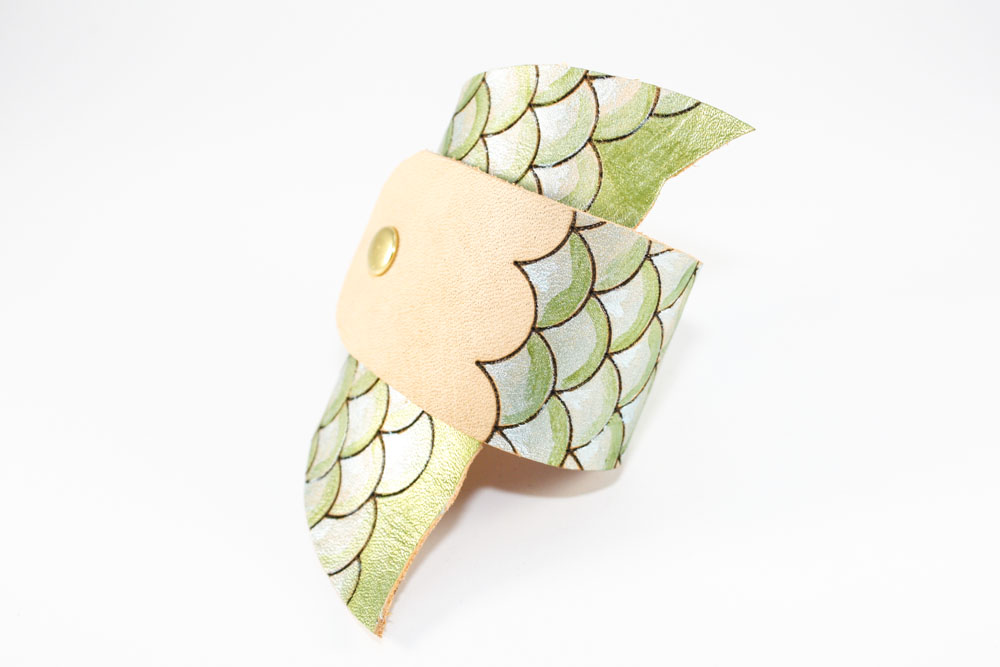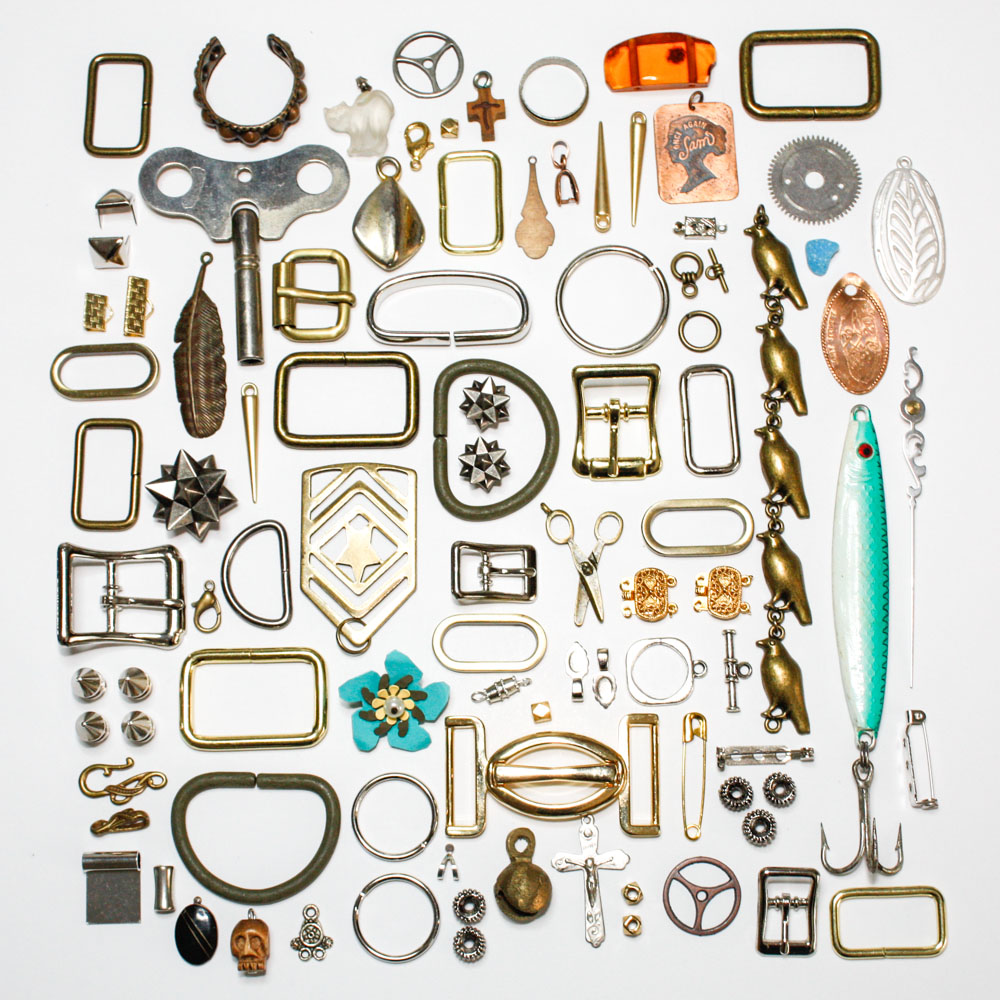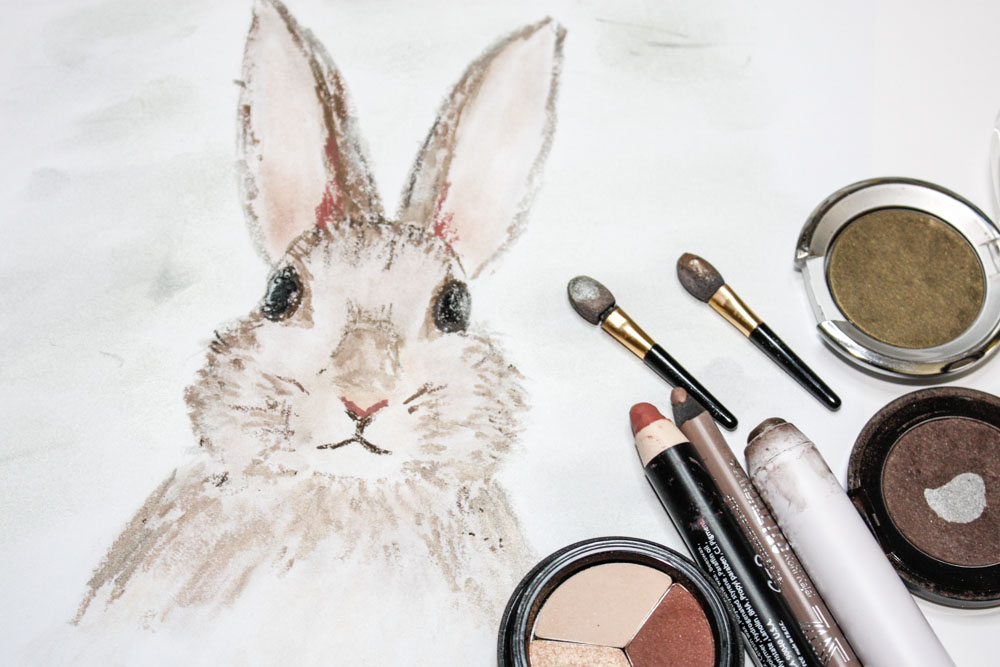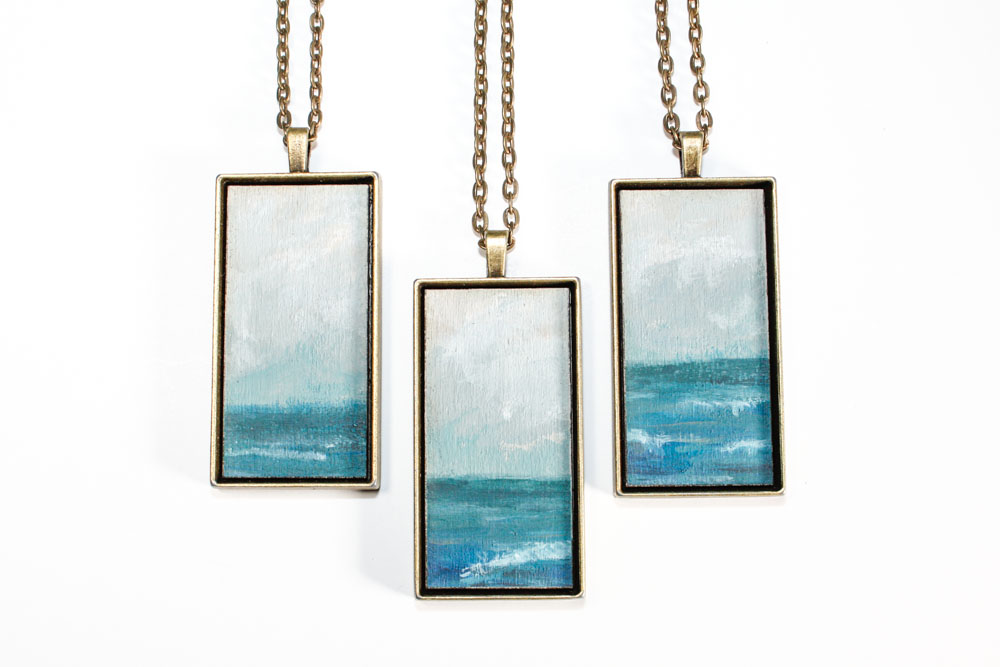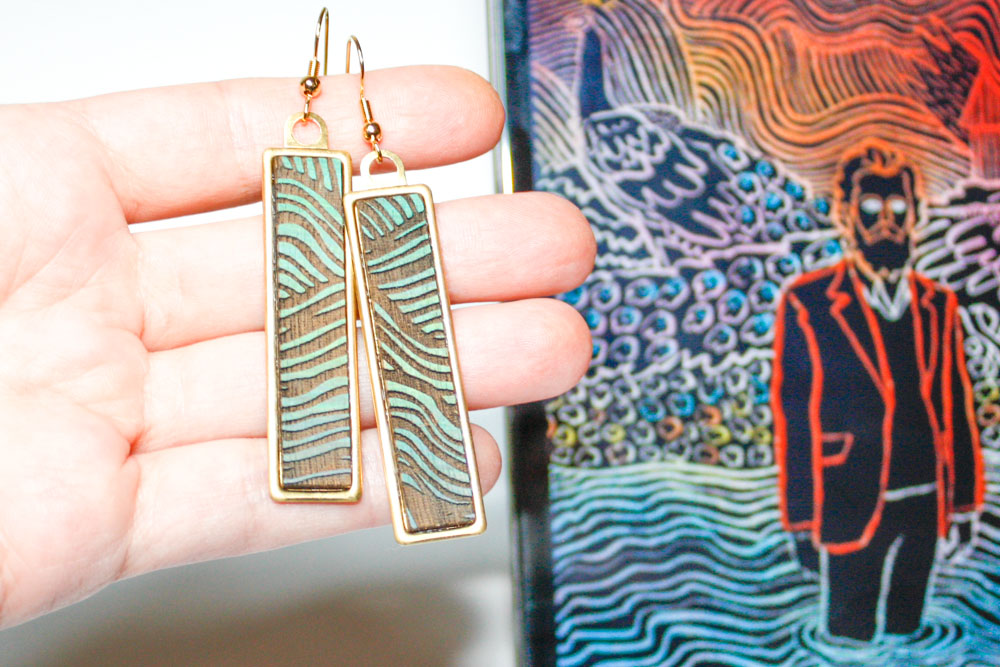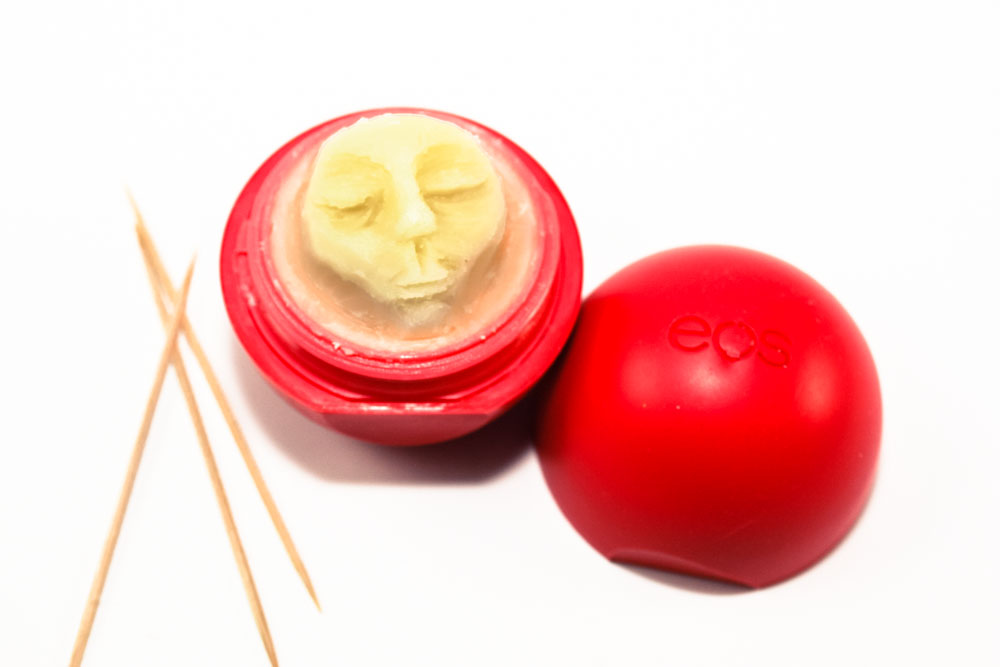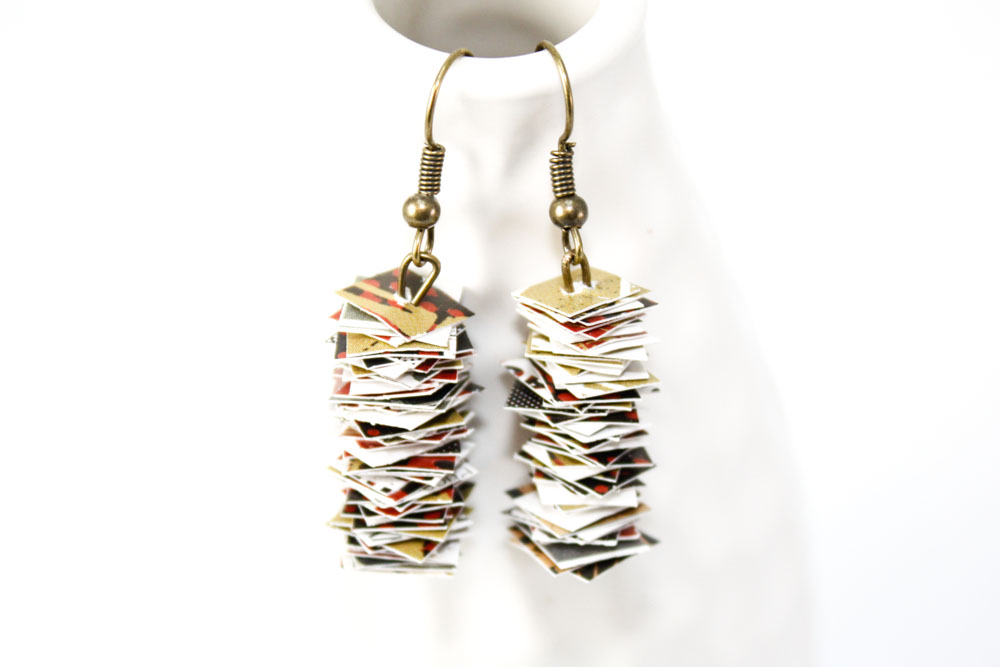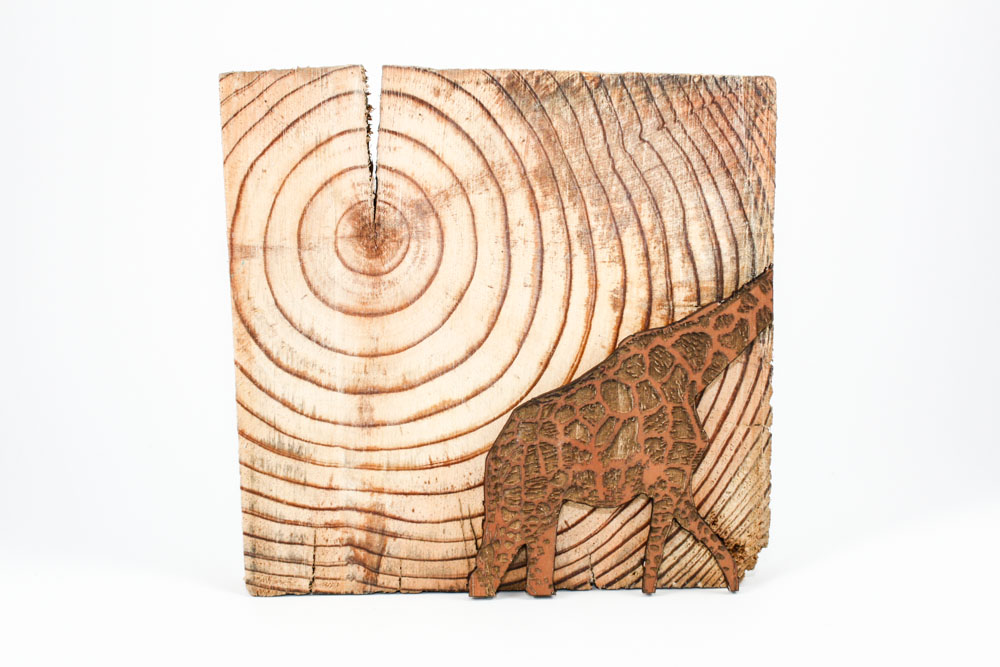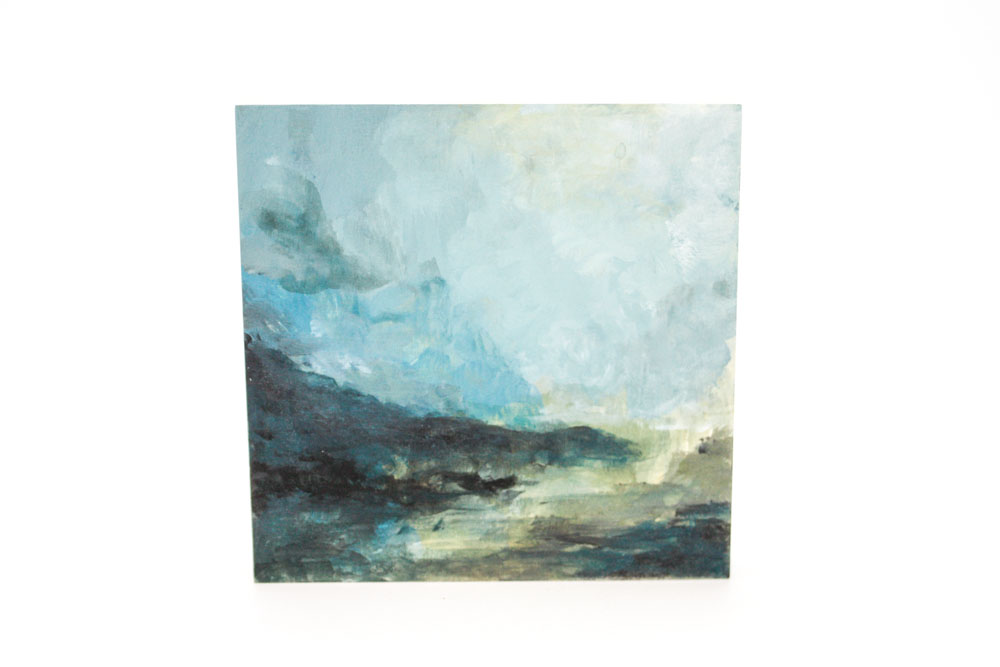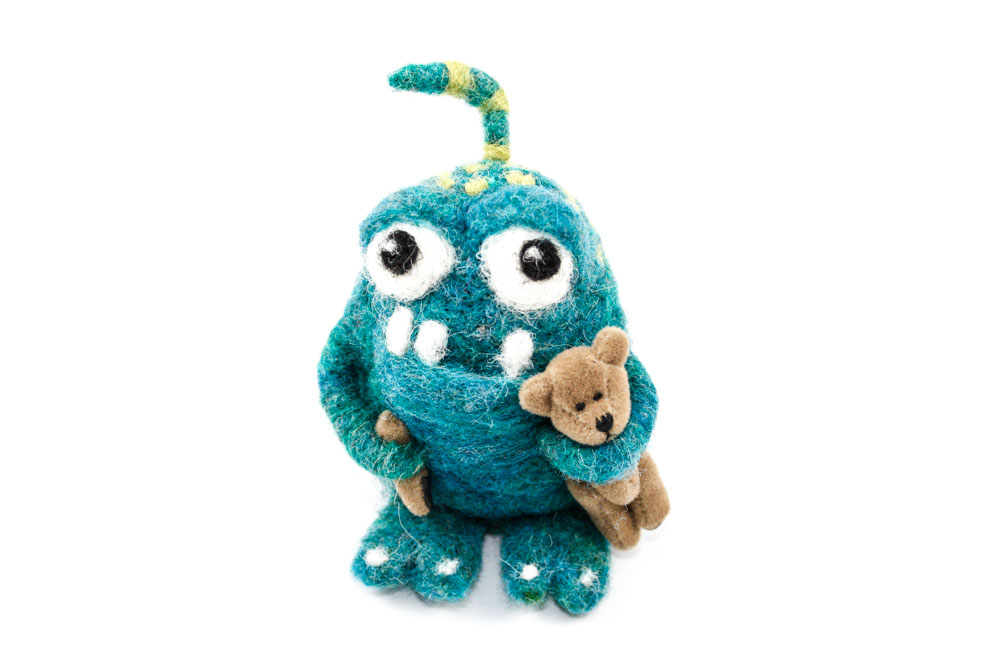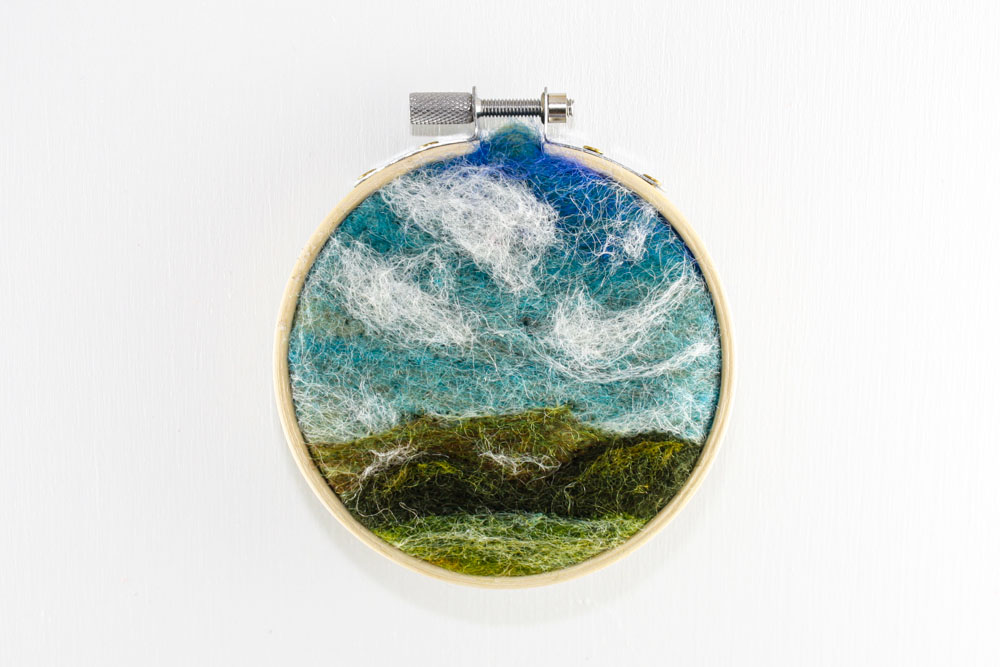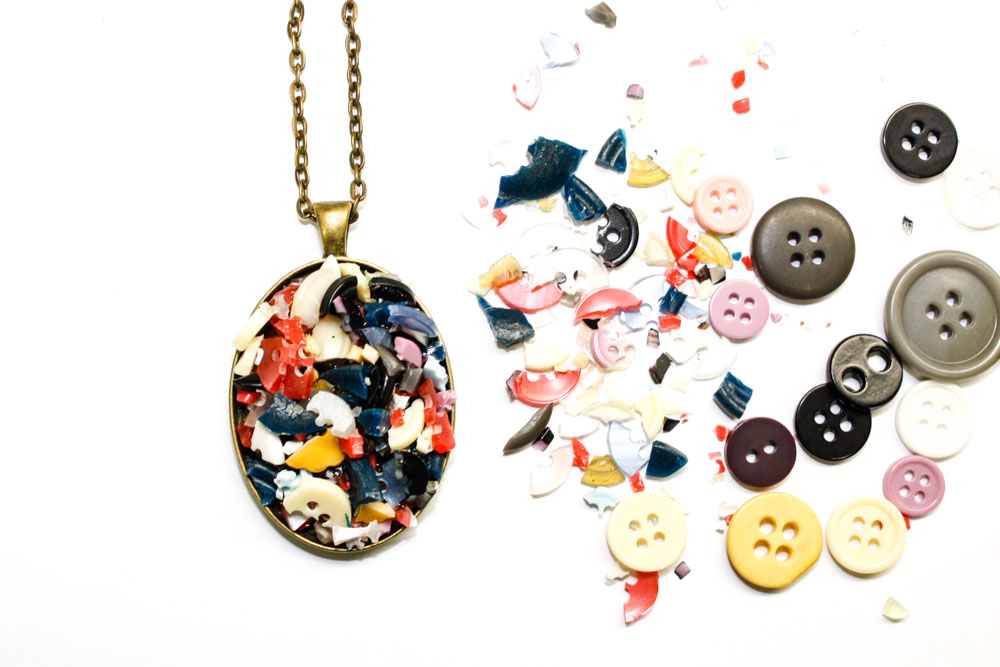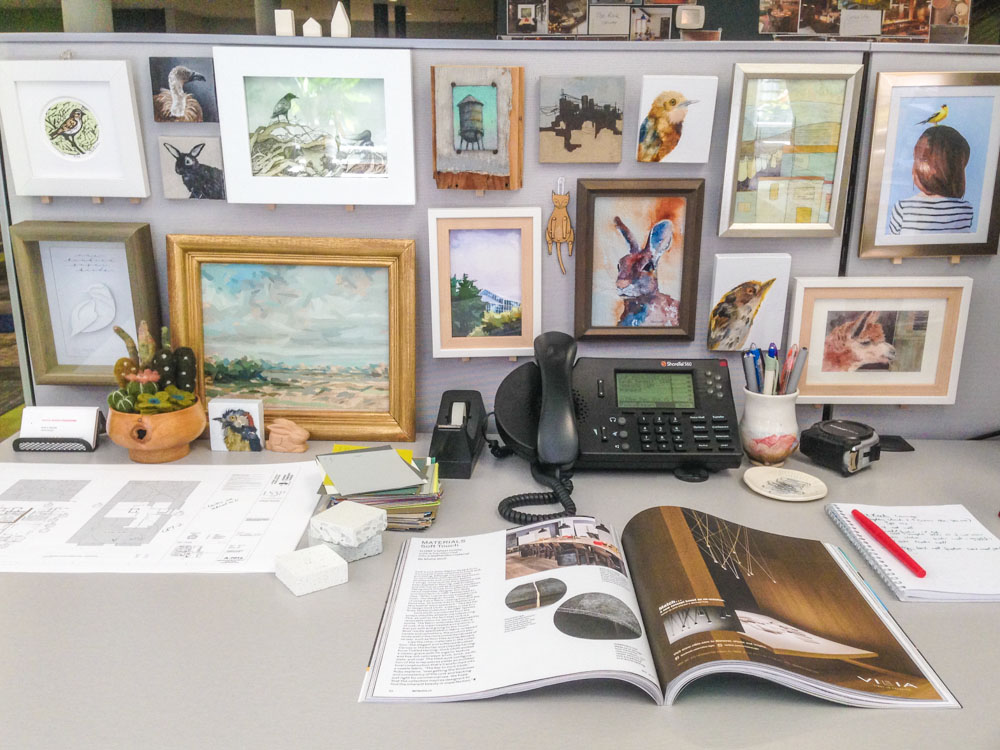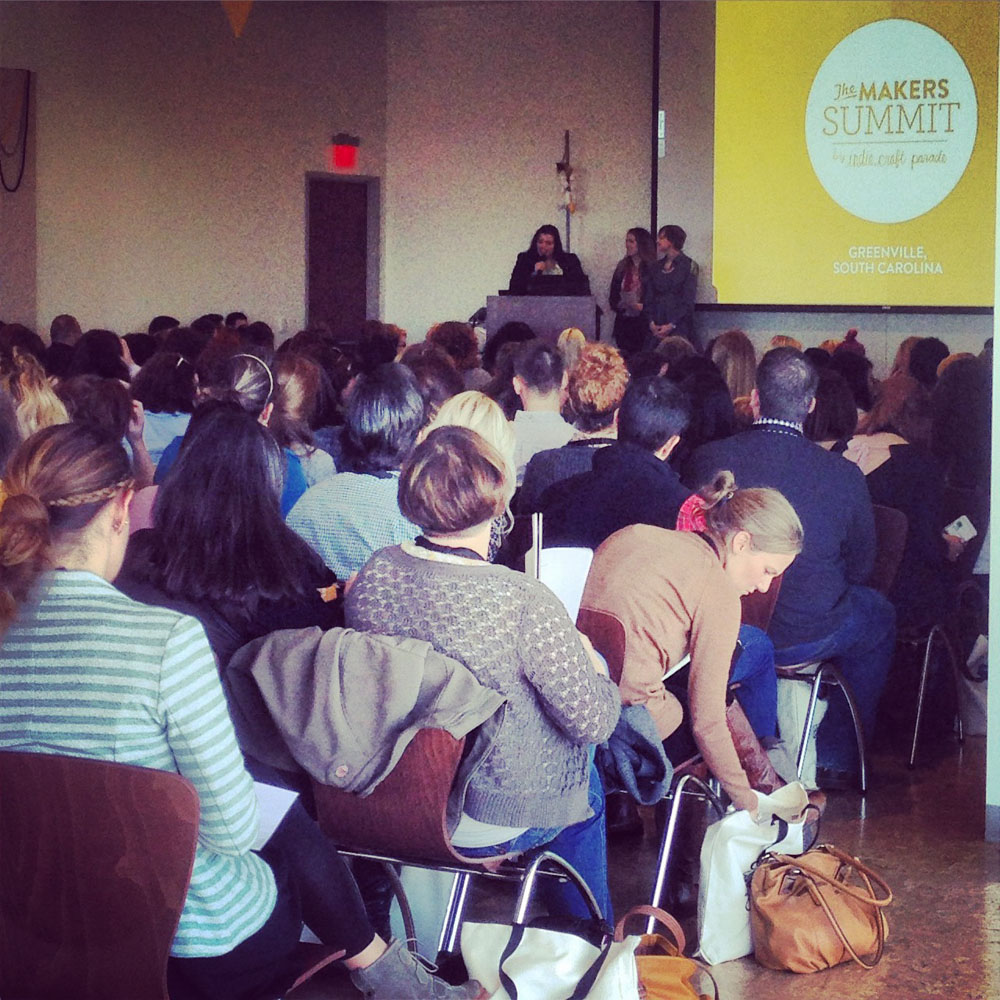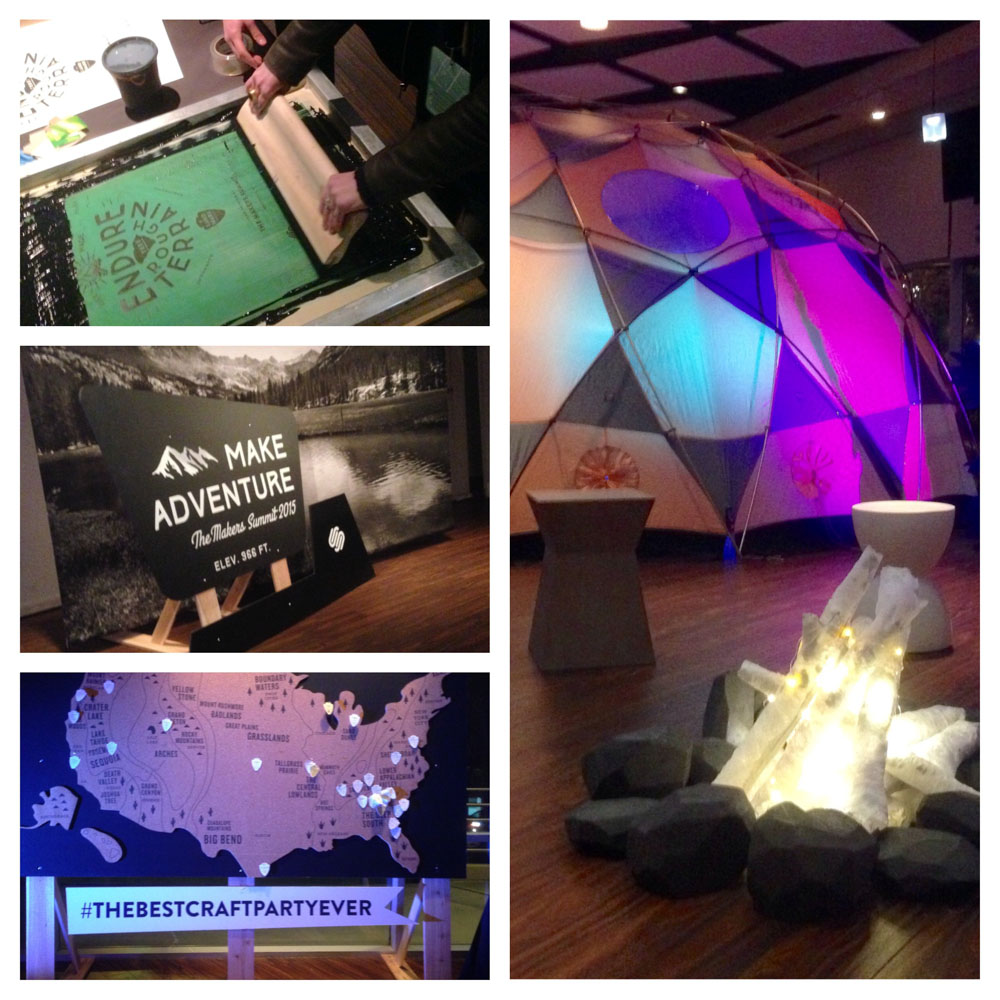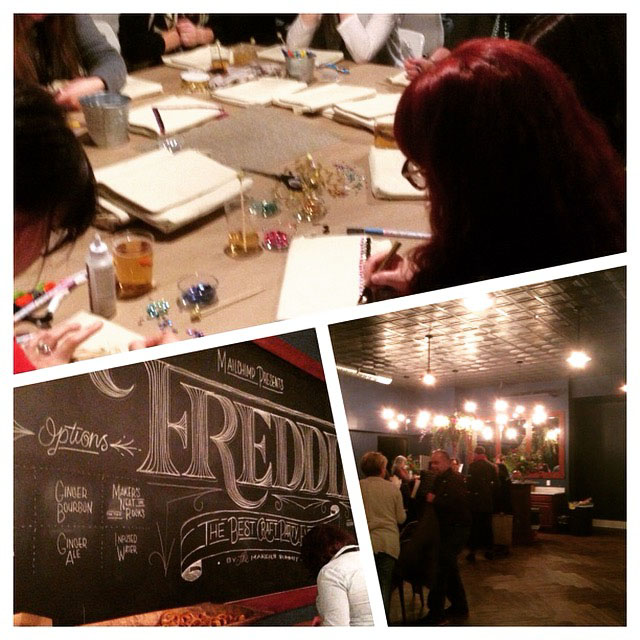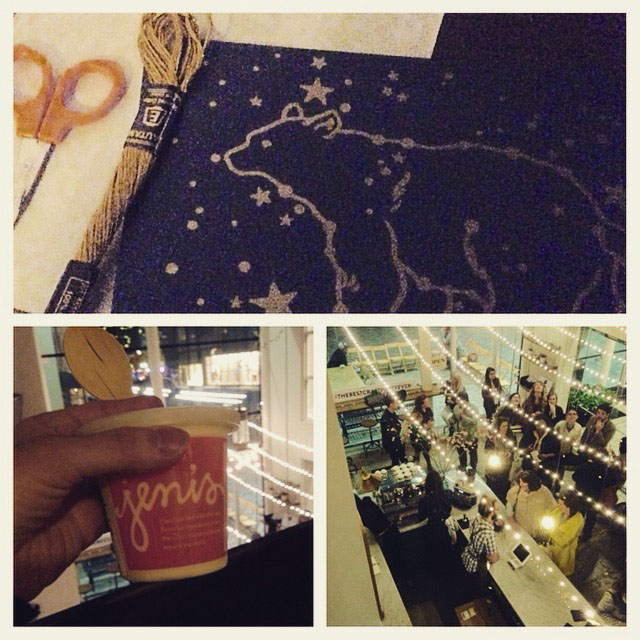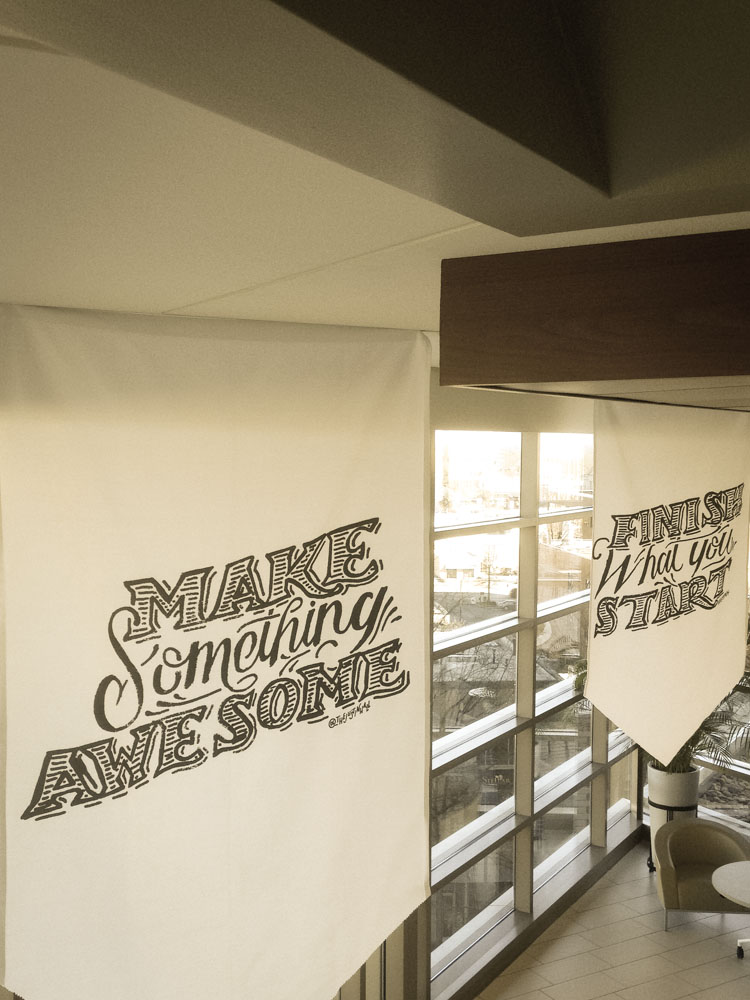#CreativeSprint: A Half-Finished Challenge that was Wholly Worthwhile
For the month of April, I signed up to take part in a daily art challenge called #CreativeSprint, organized by Another Limited Rebellion. The idea of a daily assignment delivered to my inbox, intended to spark creativity and get me to try new things, sounded like something I would certainly enjoy, but also benefit from. The challenge promised to “pump up your creative muscles” but it was very open ended, you could take as much or as little time as you wanted for each assignment, and be as literal or abstract as you desired.
The daily assignments ranged from making something that fits in the palm of your hand, to working with your non-dominant hand, to making something inspired by a song. There were days when I knew right away what I would make as soon as I read the email, and other days I felt distracted for hours because I couldn’t come up with anything. All in all, it was a great mix of idea starters that really got my mind (and hands) working. Trying new things is something I enjoy, but don’t often make time for, and #CreativeSprint motivated me to do just that.
I was unable to keep up with the daily challenges once the Mother’s Day rush hit hard - I was simultaneously featured in Etsy’s Editors Picks, the front page of Etsy, and in Woman’s Day magazine, and received over 800 orders in only 3 weeks. Oh my goodness, never experienced anything like that before - it was awesome but it nearly killed me! I was overwhelmed, sick for several days, and had zero spare time for the second half of the month, but I kept the CreativeSprint challenge emails because even though I didn’t get to participate again after the 17th of April, those emails gave me ideas to try out later on.
I almost forgot the best part / worst part: sharing whatever it was you made that day. Eek! Even the stupid stuff? Yep! Sharing my work was a little nerve wracking, because these pieces I made were just experiments and didn’t necessarily “go” with the rest of the work in my Instagram feed. They weren’t previously tested or perfectly photographed, but I enjoyed making every single one of them. I also enjoyed peeking at the #CreativeSprint hashtag at the end of the day to see what other participants did. Lots of talent and creating thinking out there!
Click through the gallery below for a closer look at some of my favorite creations.


